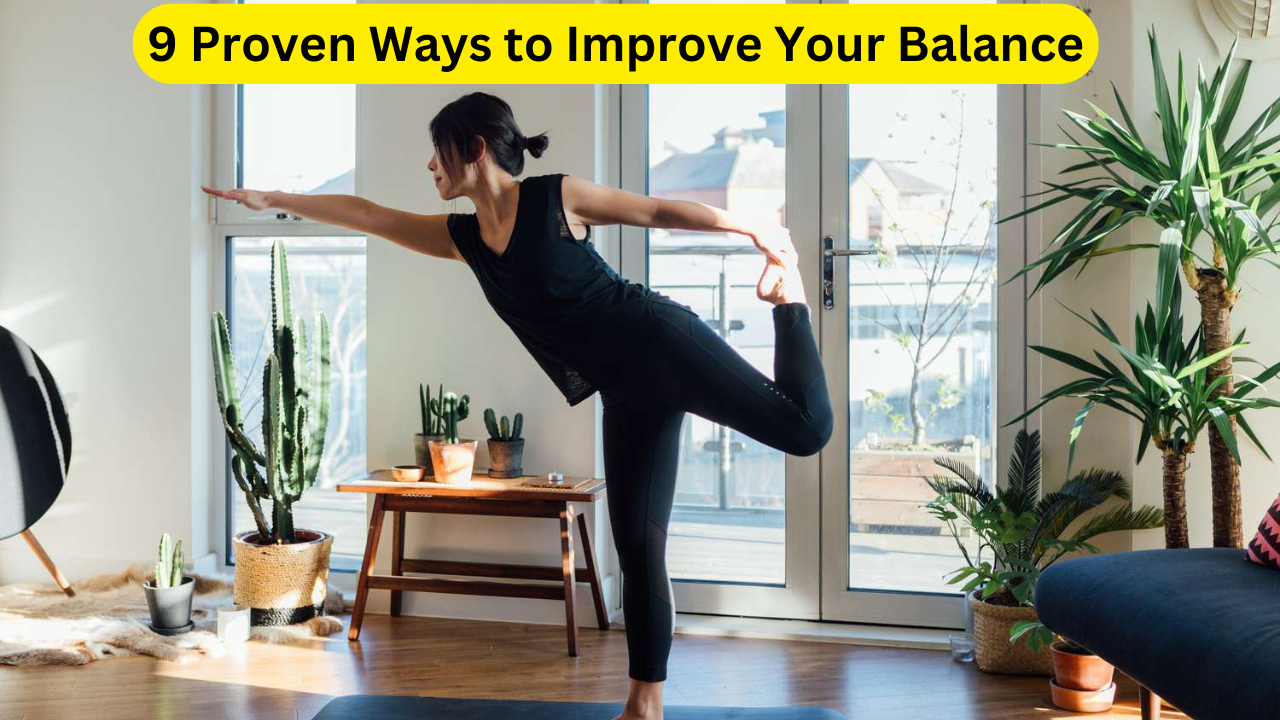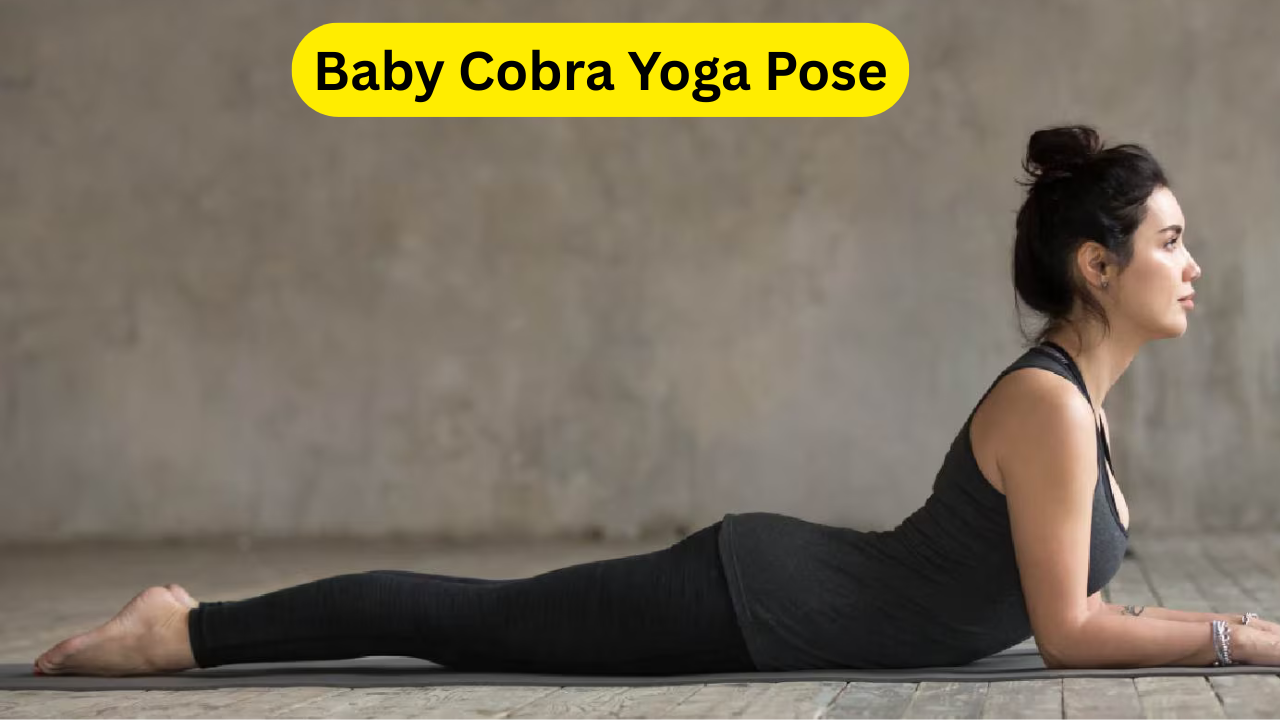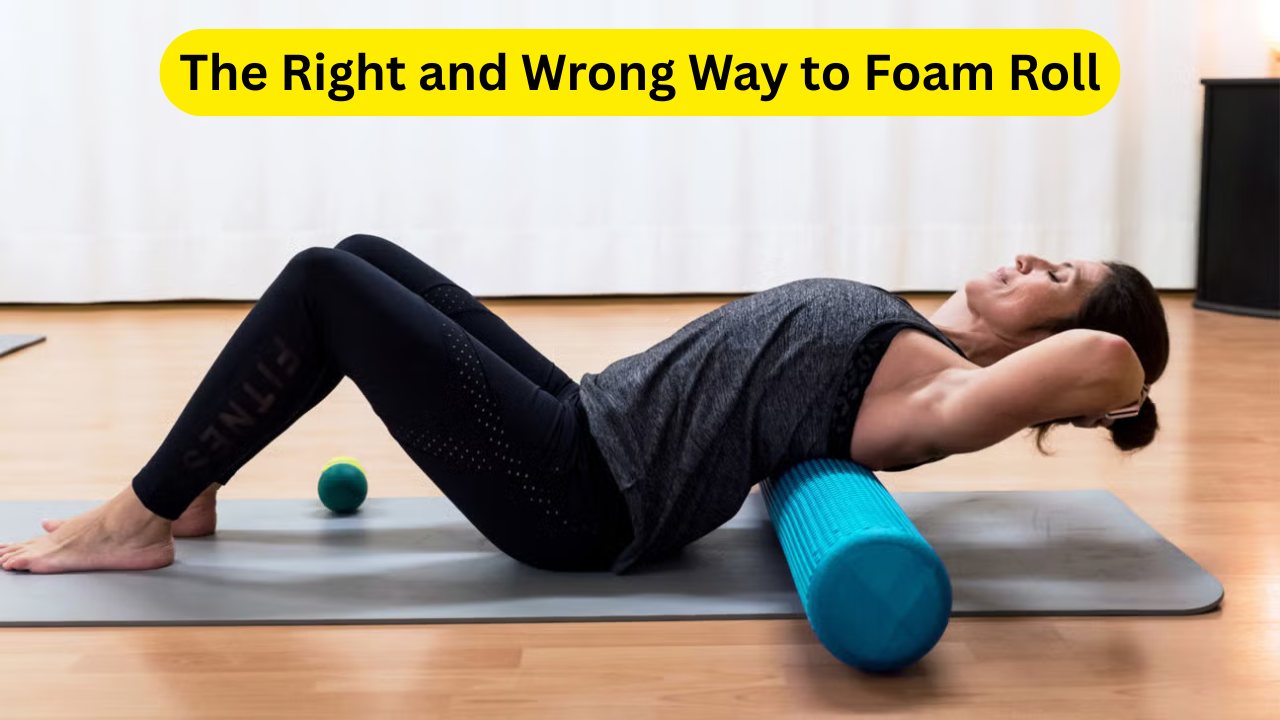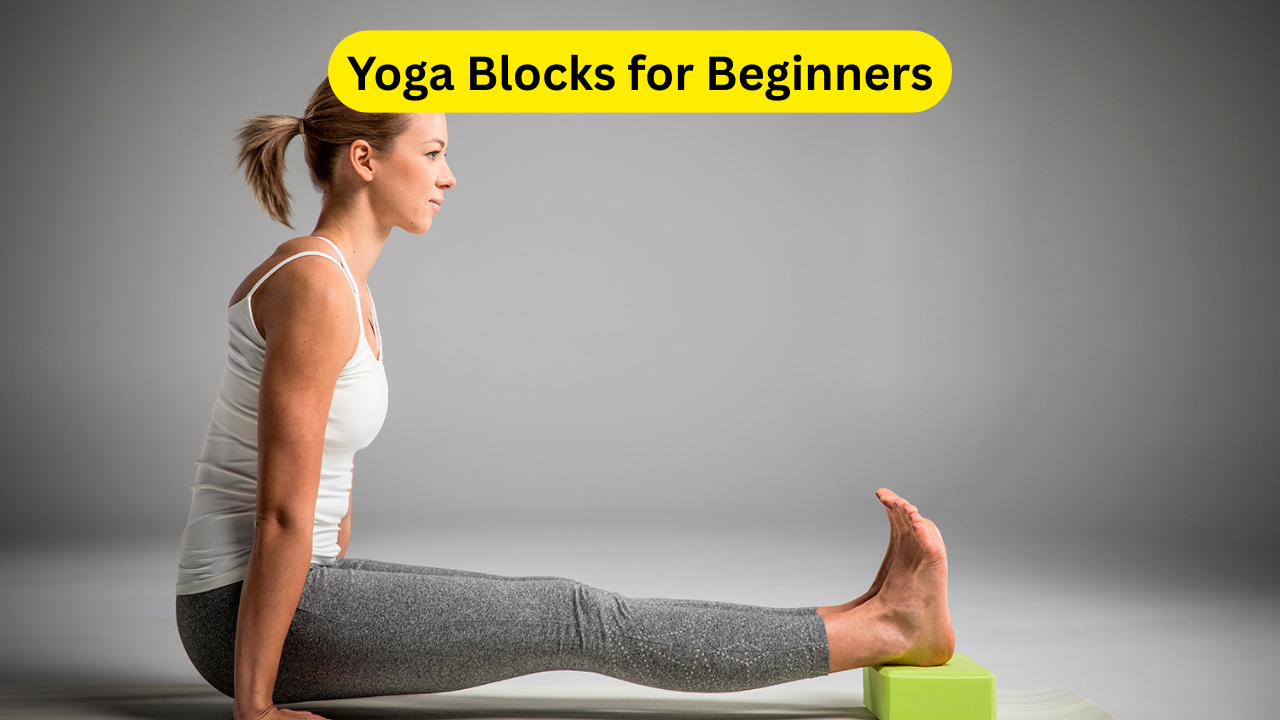9 Proven Ways to Improve Your Balance: Balance is a crucial yet often overlooked aspect of daily life, influencing everything from walking and standing to athletic performance. It relies on a complex interplay between vision, proprioception (body awareness), and the vestibular system (inner ear), all working together to maintain stability. When any of these systems weaken—due to aging, inactivity, or medical conditions—balance can deteriorate, increasing the risk of falls and injuries. Fortunately, with targeted exercises and mindful habits, you can enhance your balance and maintain stability at any age.
Poor balance is a leading cause of falls, which are responsible for significant injuries among older adults, according to the National Council on Aging. However, balance issues aren’t exclusive to seniors—younger individuals can also experience instability, leading to sports injuries or reduced physical performance. Strengthening your balance improves coordination, posture, and overall mobility, supporting a healthier, more active lifestyle. Whether you’re an athlete or simply looking to move with more confidence, incorporating balance exercises into your routine is essential.
Improving balance involves a combination of strength training, mobility work, and neuromuscular coordination. From core engagement to single-leg exercises, there are multiple ways to enhance stability. This guide explores nine science-backed strategies to boost your balance, reduce fall risk, and promote long-term physical well-being.
Click here: The 10 Best Sports Drinks: Taste-Tested and Expert-Approved
Understanding How Balance Works
The Three Key Systems of Balance
Balance is controlled by three primary systems:
- Proprioception (Body Awareness) – Sensors in muscles and joints send signals to the brain about body positioning, helping you adjust movements in real time.
- Vision – Your eyes detect environmental cues, allowing you to navigate obstacles and adjust posture.
- Vestibular System (Inner Ear) – This system detects head movements and spatial orientation, helping maintain equilibrium.
When these systems work harmoniously, you stay stable. However, factors like aging, medications, or neurological conditions can disrupt this balance.
Why Balance Declines with Age
As we age, muscle mass decreases, reaction times slow, and sensory systems weaken, increasing fall risk. Sedentary lifestyles further accelerate balance deterioration. The good news? Targeted exercises can strengthen these systems, improving stability at any age.
9 Effective Ways to Improve Your Balance
1. Strengthen Your Core Muscles
A strong core stabilizes the entire body, preventing wobbling and falls. Exercises like planks, dead bugs, and Russian twists engage deep abdominal muscles, enhancing postural control.
2. Practice Single-Leg Exercises
Single-leg movements, such as standing on one foot, single-leg deadlifts, or step-ups, challenge stability and improve proprioception. Start with support (like a chair) and gradually increase difficulty.
3. Improve Mobility & Flexibility
Tight hips, ankles, and hamstrings restrict movement, affecting balance. Incorporate dynamic stretches, yoga, or foam rolling to enhance joint mobility.
4. Use Balance-Specific Tools
Balance boards, wobble cushions, and BOSU balls create instability, forcing muscles to adapt. These tools are excellent for athletes and rehab patients alike.
5. Try Tai Chi or Yoga
These mindful practices enhance body awareness, coordination, and strength, making them ideal for balance training. Studies show Tai Chi reduces fall risk in older adults by 47%.
6. Strengthen Your Lower Body
Weak glutes, quads, and calves contribute to instability. Exercises like squats, lunges, and calf raises build strength for better equilibrium.
7. Train Your Vestibular System
Head movements (like turning side-to-side while standing) stimulate the inner ear, improving balance. Try vestibular rehab exercises if dizziness is an issue.
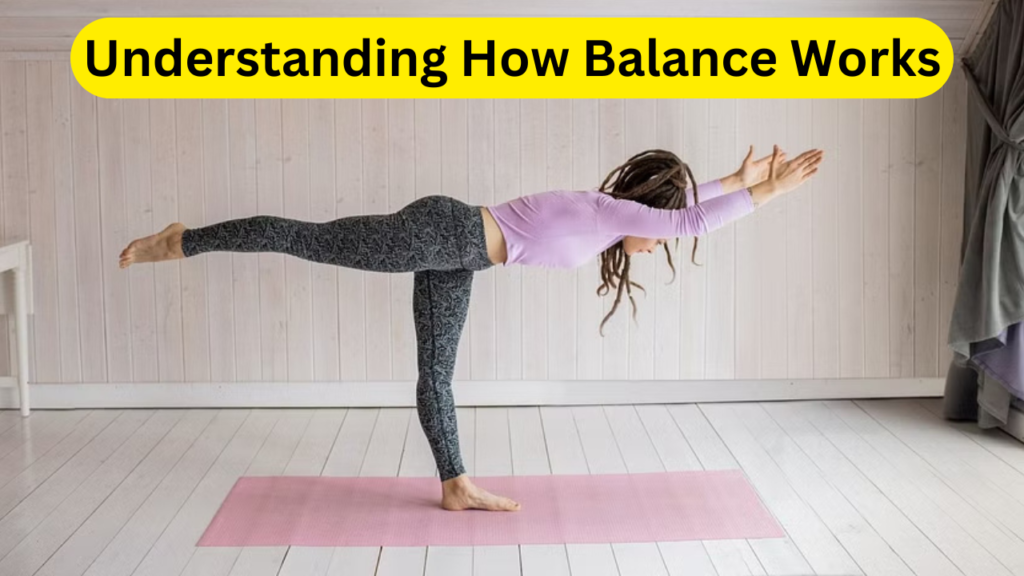
8. Walk on Uneven Surfaces
Grass, sand, or gravel challenge balance more than flat floors. Hiking or barefoot walking strengthens stabilizing muscles.
9. Stay Consistent & Progress Gradually
Balance improves with regular practice. Start with simple exercises and slowly increase difficulty—like closing your eyes during single-leg stands.
Also read: Karma Amaris: A Stunning Range-Extended Electric Coupe with Performance and Luxury
9 Proven Ways to Improve Your Balance Conclusion
Balance is more than just staying upright—it’s a critical component of mobility, independence, and overall health. Whether you’re an athlete looking to enhance performance, an older adult aiming to prevent falls, or someone simply wanting to move with more confidence, improving your balance should be a priority. By incorporating targeted exercises and mindful habits into your routine, you can strengthen the three key systems of balance: proprioception, vision, and the vestibular system. The result? Greater stability, fewer injuries, and a higher quality of life.
One of the most compelling reasons to focus on balance training is its role in fall prevention. Falls are a leading cause of injury, especially among older adults, but they’re not inevitable. Strengthening your core, improving lower-body strength, and practicing balance-specific movements can significantly reduce your risk. Even simple daily habits, like standing on one foot while brushing your teeth or walking heel-to-toe, can make a noticeable difference over time. The key is consistency—small, regular efforts yield the best long-term results.
Beyond physical benefits, better balance enhances mental well-being. Fear of falling can limit activities and lead to social isolation, particularly in older adults. By improving stability, you regain confidence in movement, allowing you to stay active and engaged in life. Exercises like Tai Chi and yoga also incorporate mindfulness, reducing stress while improving coordination. This mind-body connection reinforces neural pathways, making balance adjustments quicker and more automatic.
Balance training is adaptable for all fitness levels. Beginners can start with supported single-leg stands or seated exercises, while advanced individuals might challenge themselves with unstable surfaces or eyes-closed drills. Athletes can integrate agility drills and plyometrics to further refine dynamic balance. No matter your starting point, progression is always possible—and necessary—to keep improving. The best approach is a combination of strength, flexibility, and proprioceptive exercises for well-rounded stability.
In the end, investing in your balance is an investment in your future. Strong balance supports everything from daily tasks to high-level sports performance, ensuring you stay mobile and injury-free for years to come. Start today with the strategies outlined in this guide, and enjoy the confidence that comes with steady, controlled movement. Your body—and your future self—will thank you.
9 Proven Ways to Improve Your Balance FAQs
1. How often should I practice balance exercises to see results?
For noticeable improvements, aim for at least 10-15 minutes of balance training, 3-4 times per week. Consistency is crucial—daily practice (even in short sessions) is more effective than sporadic, longer workouts. Over time, your neuromuscular system adapts, making movements more automatic. If you’re rehabilitating an injury or have significant balance issues, working with a physical therapist can help tailor a program to your needs.
2. Can balance exercises help with dizziness or vertigo?
Yes! Vestibular rehabilitation therapy (VRT) is specifically designed to address dizziness and vertigo by retraining the brain to process signals from the inner ear more effectively. Exercises may include gaze stabilization, head movements, and balance drills. If you experience chronic dizziness, consult a healthcare provider or vestibular therapist for a personalized plan. Many people see significant improvement within a few weeks of consistent practice.
3. Why is it harder to balance with my eyes closed?
Vision is a primary balancing sense—when you close your eyes, your brain loses a major source of spatial orientation, forcing greater reliance on proprioception and the vestibular system. If balancing without visual input is extremely difficult, it may indicate weaker proprioceptive or vestibular function. Training with eyes closed (in a safe environment) can strengthen these systems, leading to better overall stability.
4. Are balance exercises safe for seniors or people with mobility issues?
Absolutely, but modifications may be necessary for safety. Beginners should start near a sturdy support (like a countertop or chair) and focus on low-impact exercises such as:
- Seated marches (lifting knees while sitting)
- Heel-to-toe walking (with a wall for support)
- Standing with feet together (holding onto a surface if needed)
Tai Chi and chair yoga are also excellent options. Always consult a doctor or physical therapist before starting a new routine, especially if you have osteoporosis or a history of falls.
5. How long does it take to improve balance?
Most people notice improvements within 4-6 weeks of consistent training, though results vary based on starting ability and effort. Beginners may progress faster initially, while advanced individuals might need more challenging exercises to continue seeing gains. For long-term benefits, balance training should remain a regular part of your fitness routine—just like strength or cardio workouts.
